Her Own Way
Female Artists and the Moving Image in Art in Poland: From 1970s to the Present
Aug. 14—Oct. 14, 2019
- Aug. 14—Oct. 14, 2019
- Closed Monday(if Monday is a national holiday or a substitute holiday, it is the next day) *Temporary closing on Saturday, October 12 and Sunday, October 13
- Admission:Adults ¥500(400)/College Students ¥400(320)/High School and Junior High School Students, Over 65 ¥250(200). * Prices in parenthesis apply to groups of 20 or more, admission is free for grade school children or younger; junior high school students living or attending schools in the Tokyo metropolitan area, holders of Japan’s disability identification cards (shogaisha techo) together with one caregiver, and holders of the museum’s annual passport together with one accompanying person. Those aged 65 or over are admitted free on the third Wednesday of each month. * September 16 (Mon., Respect-for-Senior-Citizens Day holiday) people over 65 admitted free. * Free admission for everyone on “Citizens Day, ” Oct 1 (Tue). * Multiple discounts do not apply.
This year marks 100 years since March 22, 1919, when diplomatic relations were established between the Japanese government and the Republic of Poland. We will present this exhibition in cooperation to with the Adam Mickiewicz Institute, a Polish government-sponsored cultural organization, as a commemorative project to celebrate the centenary of friendship between our two countries. Situated on the Baltic Sea between Germany and Russia, Poland flourished culturally as one of the great nations of Europe, but due to its geopolitical position, it was repeatedly divided and ruled by its powerful neighbors, resulting in great suffering. Under Soviet influence during the second half of the twentieth century it spent the cold war as a socialist country until public resistance brought about democracy and this cultural strength and depth that stubbornly survived through a time of upheaval is what defines the country. Its culture has been introduced to Japan in a variety of ways in the past, but amid the increasingly complicated social situation in Europe today, the aesthetics and awareness of the issues depicted in these works by contemporary Polish artists should provide the viewers in distant Japan with numerous hints and information about the current situation there.
Through the contemporary art of the great cultural nation of Poland, this exhibition will introduce the current state of video expression and the women artists there. The art and movie/video history of twentieth century Poland was narrated by numerous male artists. However, following the collapse of the Berlin Wall, the sudden influx of international economics to Eastern Europe and Poland’s admittance to the EU in the twenty-first century, women artists began to make their presence felt, particularly in the field of video expression. In addition, there has recently been a trend to reassess the video expression created by pioneering women artists during the previous century, that has not received the attention it deserves,. Interacting with researchers, curators and associated institutions both inside and outside Poland, this exhibition will present an ambitions interpretation of contemporary Polish art looked at from a new viewpoint.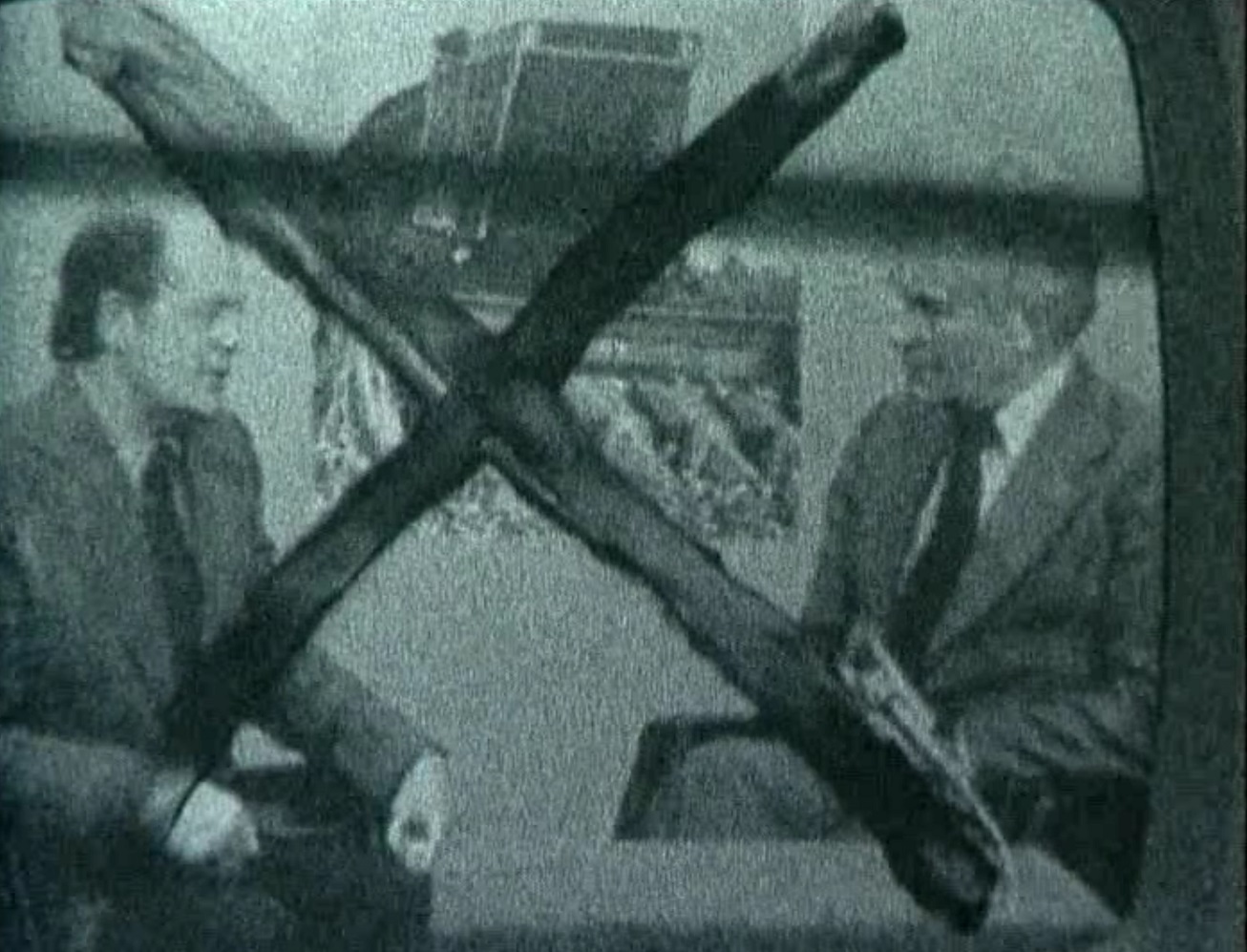
Ewa Partum, Drawing TV, 1976 Courtesy of the artist and Arton Foundation, Warsaw
Zuzanna Janin, Fight, 2001 Courtesy of the artist and Lokal_30, Warsaw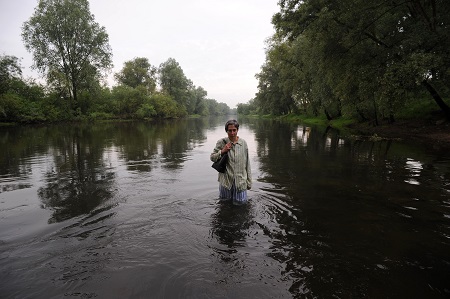
Joanna Rajkowska, Basia, 2009[Related image] Courtesy of the artist and l'étrangère Gallery, London photo: Marek Szczepański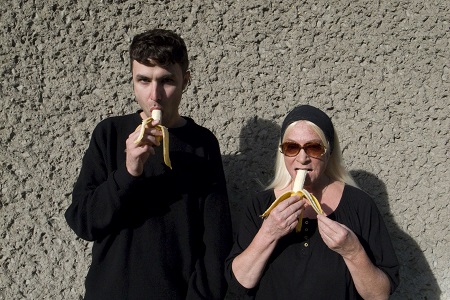
Karol Radziszewski, Karol and Natalia LL, 2011 Courtesy of the artist and BWA Warszawa, Warsaw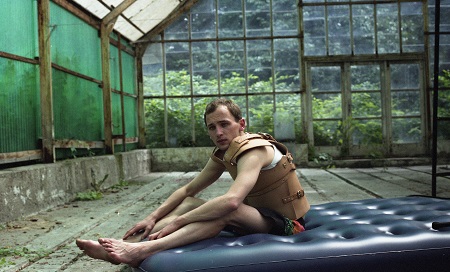
Anna Molska, HECATOMBE, 2011 Courtesy of the artist and Foksal Gallery Foundation, Warsaw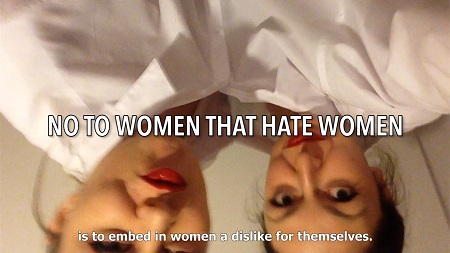
Anna Jochymek and Diana Lelonek, Dyrektoressy, 2017 Courtesy of the artists


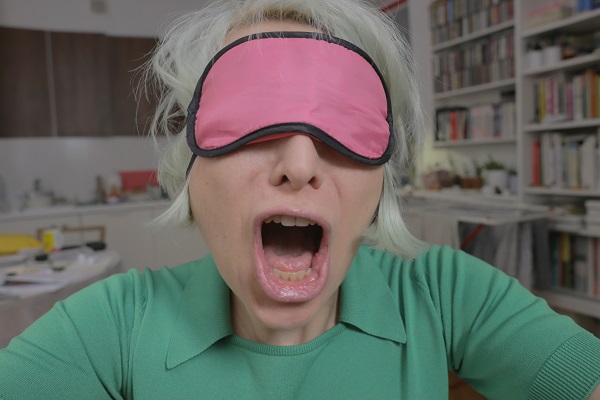
![チラシ1[pdf]](http://topmuseum.jp/upload/4/3444/thums/チラシ表裏_20190531175552.png)
![出品作品リスト1[pdf]](http://topmuseum.jp/upload/4/3444/thums/list.png)